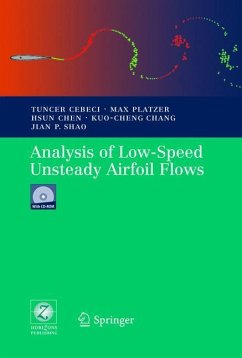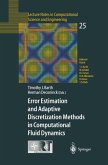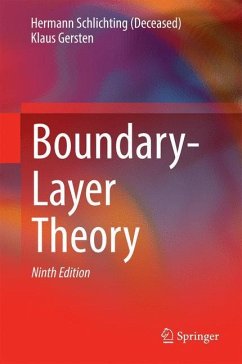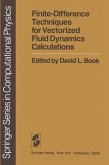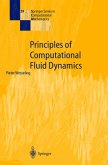The standard textbooks on aerodynamics usually omit any discussion of un steady aerodynamics or, at most, consider it only in a single chapter, based on two justifications. The first is that unsteady aerodynamics should be regarded as a specialized subject required "only" in connection with understanding and an alyzing aeroelastic phenomena such as flutter and gust response, and therefore should be dealt with in related specialist books. The second reason appears to be reluctance to discuss aerodynamics with the inclusion of the time-dependent terms in the conservation equations and the boundary conditions for fear that added complications may discourage the reader. We take the opposite view in this book and argue that a full understanding of the physics of lift generation is possible only by considering the unsteady aerody namics of the starting vortex generation process. Furthermore, certain "steady" flows are inherently unsteady in the presence of flow separation, as for example the unsteady flow caused by the Karman vortex shedding downstream of a cylin der and "static" airfoil stall which is an inherently unsteady flow phenomenon. Therefore, it stands to reason that a unified treatment of aerodynamics that yields steady-state aerodynamics as a special case offers advantages. This rea soning is strengthened by the developments in computational fluid dynamics over the past forty years, which showed that accurate steady-state solutions can be obtained efficiently by solving the unsteady flow equations.

